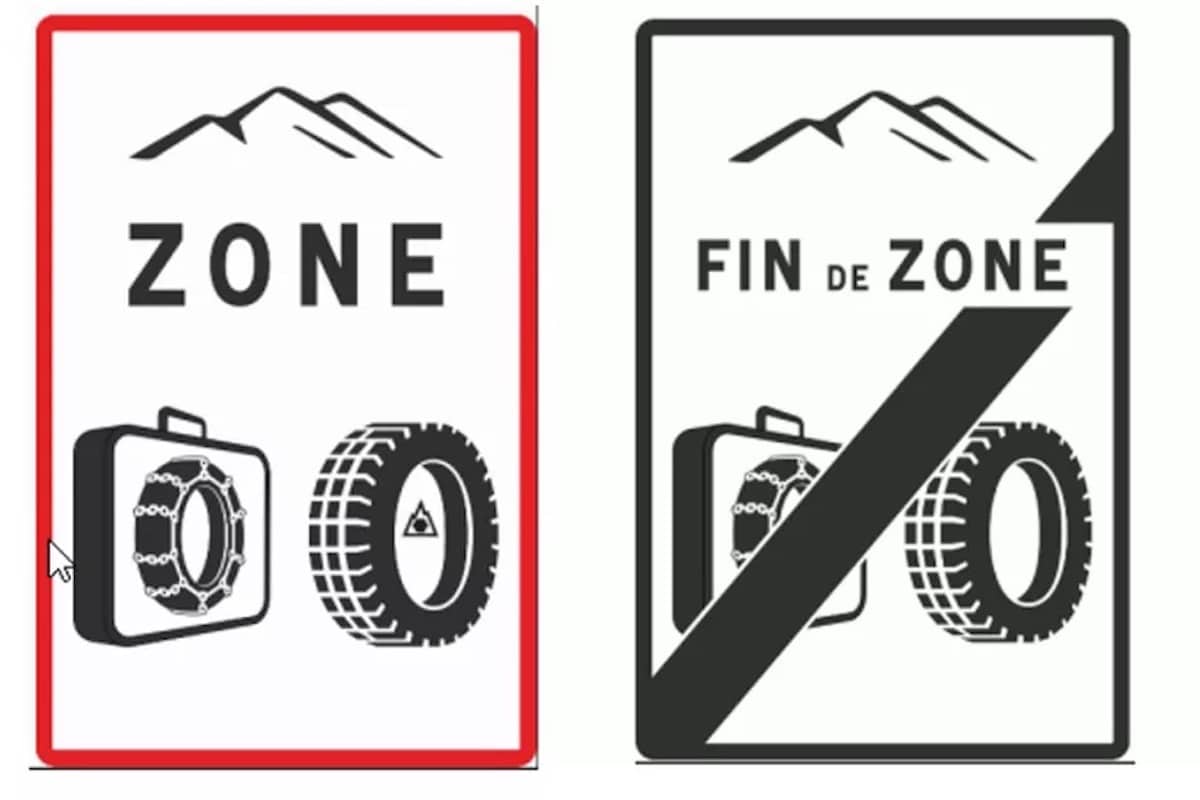Where are winter tires mandatory in Europe?
This page is translated from the original post "Où les pneus hiver sont-ils obligatoires en Europe ?" in French.

As winter approaches in Europe, the question of winter tires arises for motorists in many countries wishing to travel.
In some states, like Belgium, there is no obligation, while in others, like Germany, Italy, or the Baltic countries, legislation imposes specific rules. Here’s an overview of the regulations in force within the European Union.
In France: Mandatory winter equipment in certain regions
For the past three years, some French drivers must comply with winter requirements to drive in mountainous areas: vehicles must be equipped with winter tires marked “3PMSF,” chains, or snow socks. This obligation applies from November 1 to March 31 in certain areas of 34 departments, including Bas-Rhin, Savoie, Hautes-Pyrénées, and Puy-de-Dôme. These roads are signposted with B58 and B59 signs. In case of violation, drivers risk a fine of €135 and may see their insurance coverage impacted in the event of an accident aggravated by the lack of appropriate equipment.
Germany: An obligation linked to weather conditions
In Germany, although there is no fixed date, drivers often equip their vehicles with winter tires as early as autumn, following the “from October to Easter” rule. This anticipation aims to avoid fines (ranging from €60 to €120) in case of snow, ice, or freezing rain without the required equipment. This obligation also applies to vehicles registered abroad. Starting September 30, 2024, only tires displaying the Alpine symbol will be recognized as winter tires in Germany; all-season tires marked only M+S will no longer be accepted.
Variable regulations according to European countries
Each country adapts its legislation to local climatic conditions, making it necessary to check the rules before traveling in winter. For example, Italy and Spain follow a model similar to that of France, with a requirement for equipment in certain regions: in Italy, northern routes like the Aosta Valley and the Brenner motorway in South Tyrol, and in Spain, routes in the Pyrenees.
In Austria, Luxembourg, and the Czech Republic, winter tires are mandatory based on weather conditions, similar to Germany. As for the Baltic countries (Lithuania, Estonia, Latvia), as well as Slovenia and Sweden, they mandate winter tires from mid-November to the end of March.
In summary, to drive safely in Europe this winter, it is essential to gather information about local regulations regarding winter equipment.
READ ALSO: Physics: we know why large-diameter rims reduce the range of electric cars
We also suggestthese articles:
Also read



